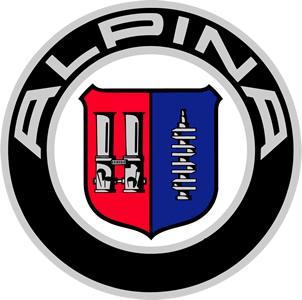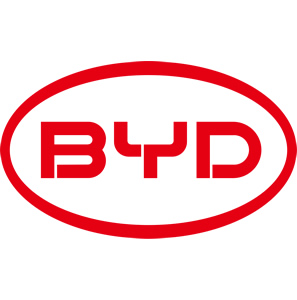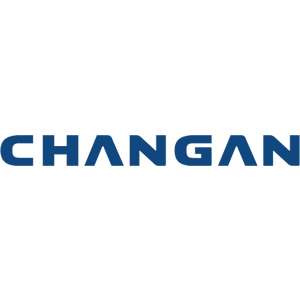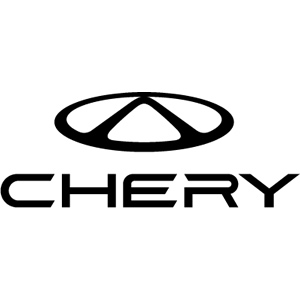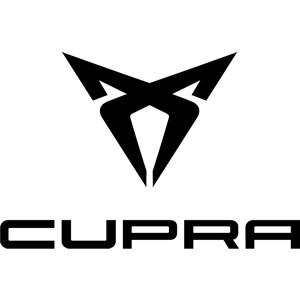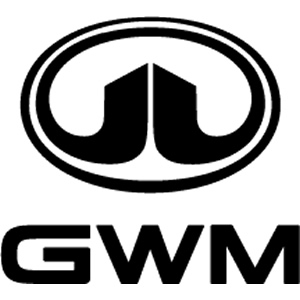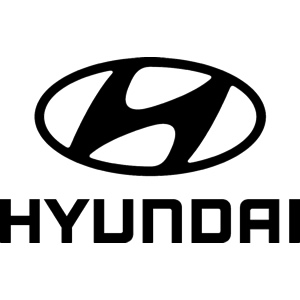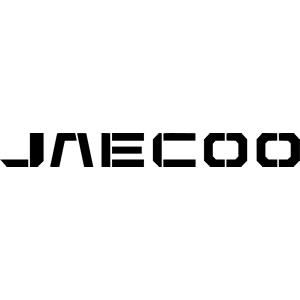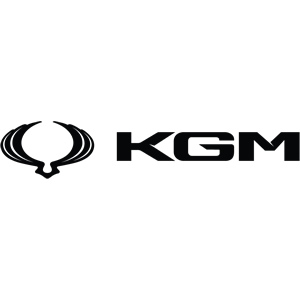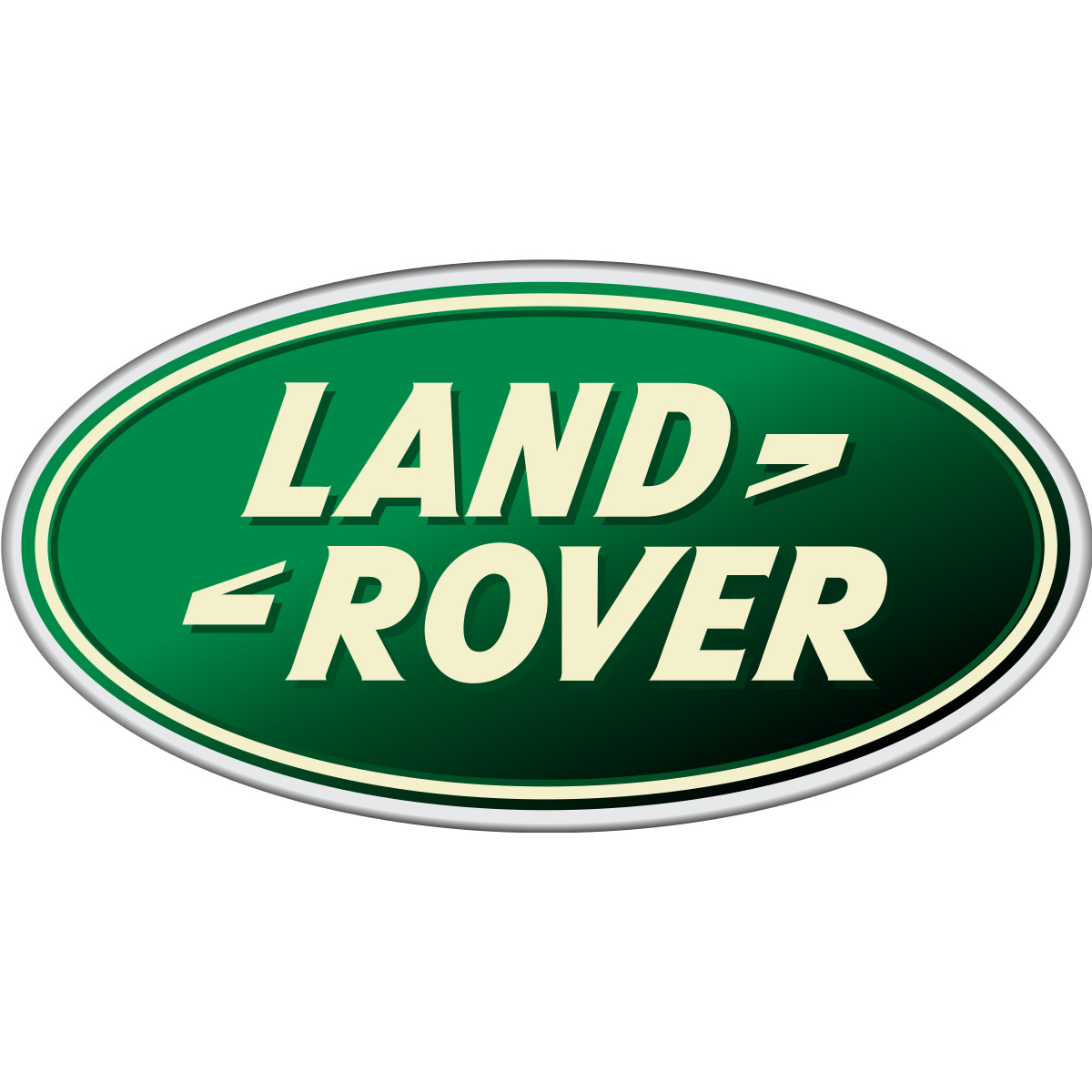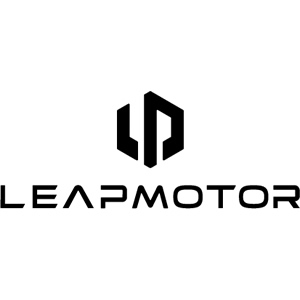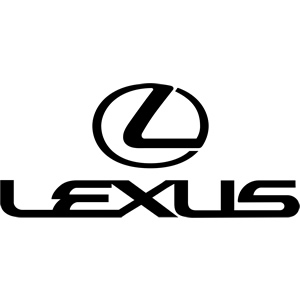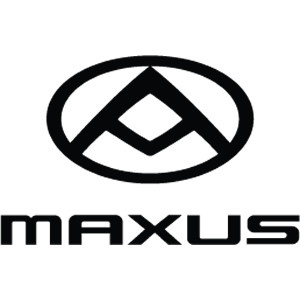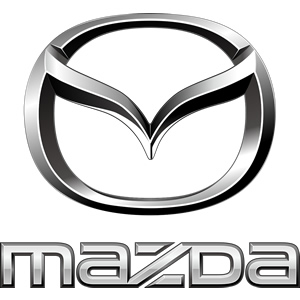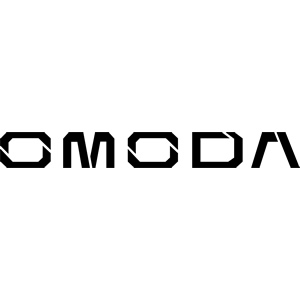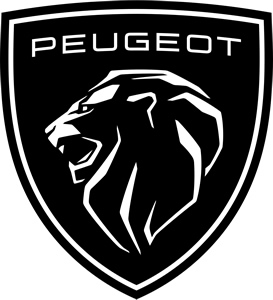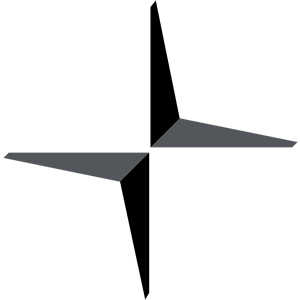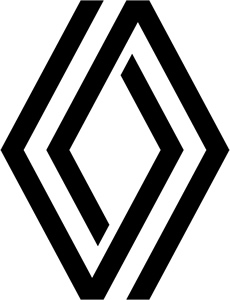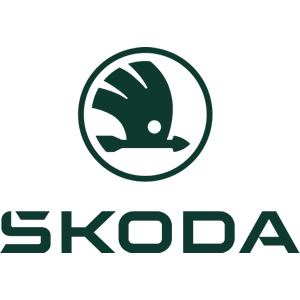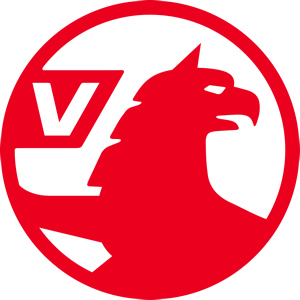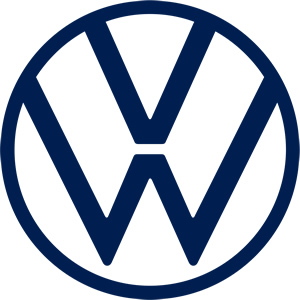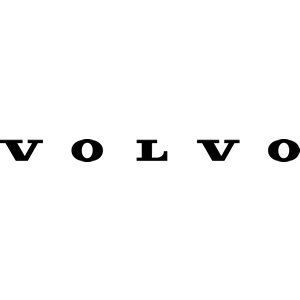New Peugeot Cars
Peugeot PCP QuoteBuy new Peugeot Cars at cheap prices from UK franchised Peugeot dealers
A Brief History of Peugeot Cars
Long before the first ever Peugeot car was launched, the Peugeot family and its descendants had proved to have an entrepreneurial streak, indeed the foundations for the car company were laid many generations before. The Peugeot story began in the 18th century with Jean Pequignot Peugeot who built water mills, however The "Peugeot Frères" company, created in 1810, was the first major step towards industrialisation for the Peugeot family, after purchasing a cereal mill at Sous Cratet, the Peugeot family set about converting the property into a steel factory. Once completed the steel mill produced sheet steel and various hand tools, the major success though was made through the Peugeot hand saws, these were stamped with a Lion to represent the strength and flexibility of the steel, a logo that would reappear decades later as a symbol for Peugeot cars.
Following from their successes the family recognised various niches for many different products and over the next decades the company diversified into coffee grinders, razors, sewing machines, roasting spits, spectacle frames, watch springs, clocks, garden furniture, bicycles, tricycles and even gramophones. The Peugeot name was gradually building a reputation for itself internationally.
Peugeots first true venture into the transportation market came in 1882 with Armand Peugeot introducing the Peugeot "Le Grand Bi", a penny-farthing bicycle. After a visit to a company in Leeds, Armand became convinced that the future lay in mechanised transportation and as a result furthered his education and graduated from a Paris engineering school in 1985.
The first powered vehicle manufactured by Peugeot was shown at the Paris World Fair in 1889, based on a tricycle and powered by steam, this first venture was heavy, cumbersome and just getting the vehicle in motion took a lengthy preperation period. Realising the drawbacks associated with steam power, Peugeot looked towards the new internal combustion engine and only a year after the launch of their steam powered tricycle, Peugeot unveiled a four wheeled horseless carriage powered by a Daimler internal combustion engine. Peugeot cars had now been born.
In 1896 Armand broke away from the family company of Les Fils de Peugeot Frères and started a new company the Societe Anonyme des Automobiles Peugeot, he had already shown a willingness to embrace new technology, pneumatic tyres were now being used, the engine was moved to the front and the introduction of a steering wheel made the vehicles he was producing look more like a car as we would know it today and as a result sales increased, indeed, in 1900 Peugeots production had reached 500 units per year, as opposed to 29 units in 1892. By 1903 Peugeot produced half of the cars in France.
Inevitably during the war years, Peugeot concentrated its efforts on military production but with the end of the war, mindsets began to change, the car was now no longer a plaything for the rich and famous, it was now becoming accessible to the masses. More Peugeot models followed and in 1929 Peugeot launched the 201, the first mass-produced car with independent front suspension and also the first use of Peugeots three digit numbering with a central zero. Just prior to the Second World War Peugeot came up with yet another first, a coupe cabriolet with and electrically retractable 'hard top' roof, a similar system is still used today on all Peugeot's CC models. With the invasion during World War II the Peugeot factories were taken over by the Germans and used for the production of vehicles and munitions for the war effort, they also suffered great damage during allied bombing raids.
1948 saw production once again being resumed and over the following decades Peugeot expanded its range both on its own and in collaboration with other manufacturers such as Renault and Volvo. 1974 however, saw the largest shift in Peugeots history, Citroen was struggling financially and Peugeot bought a 30% stake, a year later with the help of government money Peugeot took over the whole of Citroen and the Peugeot Societe Anonyme was formed.
1978 saw Peugeot take over the Chrysler European brands of Rootes and Simca, these were swiftly rebranded under the Talbot marque, a name that would be used up until 1986. However all this investment was hurting Peugeot financially and if it had not been for the launch of a new range in 1983 things could have been very different if it was not for the 205. The 205 is widely credited in turning round the Fortunes of the Peugeot company and between 1983 and 1996 Peugeot sold 5,153,369 units worldwide.
Building on the success of the 205, Peugeot has continued to develop its range of cars and now offers a full range of vehicles from city cars to hot hatches, estates to MPV's and executive cars to four wheel drives.
If you are looking to buy a brand new Peugeot, Brokers4Cars can help you secure your dream new Peugeot car at a discounted rate. Simply find your perfect vehicle and get in touch, and our new car brokers team will guide you through the process of buying your new car.
Show More.jpg) New Peugeot 2008 Estate
Peugeot's second generation 2008 is a small SUV that offers an arguably more sophisticated take on the kind of little urban Crossover-style design...
New Peugeot 2008 Estate
Peugeot's second generation 2008 is a small SUV that offers an arguably more sophisticated take on the kind of little urban Crossover-style design...
.jpg) New Peugeot 208 Hatchback
Peugeot says that with this second generation 208, it wanted to create 'the sexiest small hatch in the purest way'. Certainly, no effort's been spared...
New Peugeot 208 Hatchback
Peugeot says that with this second generation 208, it wanted to create 'the sexiest small hatch in the purest way'. Certainly, no effort's been spared...
.jpg) New Peugeot 208 Hatchback Special Editions
With this second generation 208 supermini, here usefully improved, Peugeot has brought us a small car that really pushes the boundaries in supermini...
New Peugeot 208 Hatchback Special Editions
With this second generation 208 supermini, here usefully improved, Peugeot has brought us a small car that really pushes the boundaries in supermini...
.jpg) New Peugeot 3008 Estate
In you're shopping amongst volume brand models at the upper end of the mid-sized SUV segment, Peugeot's 3008 SUV is one of the cars you'll need to...
New Peugeot 3008 Estate
In you're shopping amongst volume brand models at the upper end of the mid-sized SUV segment, Peugeot's 3008 SUV is one of the cars you'll need to...
.jpg) New Peugeot 308 Diesel Hatchback
Peugeot's 308 family hatch gets far more polish in this third generation guise, with smarter packaging, extra engineering options and a bit more...
New Peugeot 308 Diesel Hatchback
Peugeot's 308 family hatch gets far more polish in this third generation guise, with smarter packaging, extra engineering options and a bit more...
.jpg) New Peugeot 308 Diesel Sw Estate
Peugeot's 308 SW estate is a more polished proposition in this third generation guise, with smart packaging, extra engineering options and a bit more...
New Peugeot 308 Diesel Sw Estate
Peugeot's 308 SW estate is a more polished proposition in this third generation guise, with smart packaging, extra engineering options and a bit more...
 New Peugeot 408 Fastback
What might the worldwide sedan of the future be like? In answer, Peugeot offers us this, the 408, part-saloon, part-coupe SUV, part-practical hatch....
New Peugeot 408 Fastback
What might the worldwide sedan of the future be like? In answer, Peugeot offers us this, the 408, part-saloon, part-coupe SUV, part-practical hatch....
.jpg) New Peugeot 5008 Estate
Peugeot returned to the family-orientated seven-seat SUV segment with this second generation 5008 model and here, it's been usefully improved. It's...
New Peugeot 5008 Estate
Peugeot returned to the family-orientated seven-seat SUV segment with this second generation 5008 model and here, it's been usefully improved. It's...
.jpg) New Peugeot E-2008 Electric Estate
Peugeot's e-2008 delivers the full-EV formula to the smallest segment of the SUV market - and in a trendy, very lifestyle-orientated package. It looks...
New Peugeot E-2008 Electric Estate
Peugeot's e-2008 delivers the full-EV formula to the smallest segment of the SUV market - and in a trendy, very lifestyle-orientated package. It looks...
.jpg) New Peugeot E-208 Electric Hatchback
It's getting harder and harder to resist the draw of full-electric vehicles. Most of them seem to be SUVs these days but here's a Zero Emission...
New Peugeot E-208 Electric Hatchback
It's getting harder and harder to resist the draw of full-electric vehicles. Most of them seem to be SUVs these days but here's a Zero Emission...
.jpg) New Peugeot E-3008 Electric Estate
Peugeot's E-3008 is a stylish mid-sized full EV with real showroom appeal. This full-battery model headlines the third generation 3008 range and will...
New Peugeot E-3008 Electric Estate
Peugeot's E-3008 is a stylish mid-sized full EV with real showroom appeal. This full-battery model headlines the third generation 3008 range and will...
.jpg) New Peugeot E-3008 Electric Estate Special Edition
Peugeot's E-3008 is a stylish mid-sized full EV with real showroom appeal. This full-battery model headlines the third generation 3008 range and will...
New Peugeot E-3008 Electric Estate Special Edition
Peugeot's E-3008 is a stylish mid-sized full EV with real showroom appeal. This full-battery model headlines the third generation 3008 range and will...
.jpg) New Peugeot E-308 Electric Hatchback
Conventional family hatchbacks that are also full-EVs are thin on the ground, but Peugeot's e-308 hopes to set a trend for them. It comes in hatch and...
New Peugeot E-308 Electric Hatchback
Conventional family hatchbacks that are also full-EVs are thin on the ground, but Peugeot's e-308 hopes to set a trend for them. It comes in hatch and...
.jpg) New Peugeot E-308 Electric Sw Estate
Conventional family hatchbacks that are also full-EVs are thin on the ground, but Peugeot's e-308 hopes to set a trend for them. It comes in hatch and...
New Peugeot E-308 Electric Sw Estate
Conventional family hatchbacks that are also full-EVs are thin on the ground, but Peugeot's e-308 hopes to set a trend for them. It comes in hatch and...
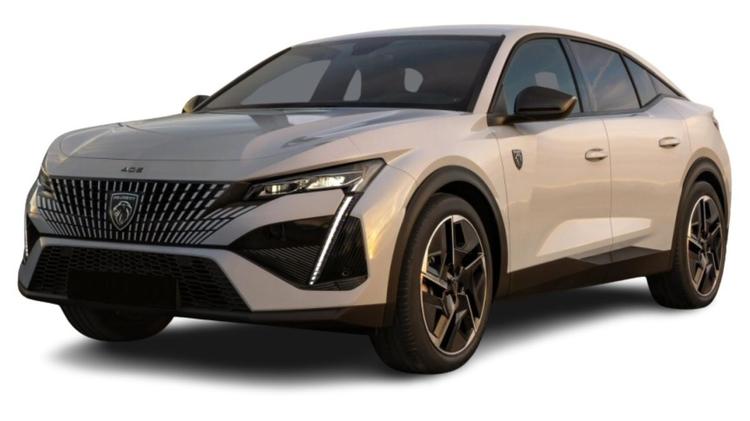 New Peugeot E-408 Electric Fastback
Peugeot fully electrifies its aspirational 408 crossover hatch with a new battery system we haven't seen before. It makes for an unusual, slightly...
New Peugeot E-408 Electric Fastback
Peugeot fully electrifies its aspirational 408 crossover hatch with a new battery system we haven't seen before. It makes for an unusual, slightly...
.jpg) New Peugeot E-5008 Electric Estate
Peugeot's E-5008 offers a pretty unique proposition to those in search of a relatively affordable seven-seat EV. This, the first 5008 to be fully...
New Peugeot E-5008 Electric Estate
Peugeot's E-5008 offers a pretty unique proposition to those in search of a relatively affordable seven-seat EV. This, the first 5008 to be fully...
.jpg) New Peugeot E-5008 Electric Estate Special Editions
Peugeot's E-5008 offers a pretty unique proposition to those in search of a relatively affordable seven-seat EV. This, the first 5008 to be fully...
New Peugeot E-5008 Electric Estate Special Editions
Peugeot's E-5008 offers a pretty unique proposition to those in search of a relatively affordable seven-seat EV. This, the first 5008 to be fully...
.jpg) New Peugeot E-rifter Electric Estate
If you can afford the higher asking price and can cope with the 172 mile driving range, then there aren't too many other downsides in opting for the...
New Peugeot E-rifter Electric Estate
If you can afford the higher asking price and can cope with the 172 mile driving range, then there aren't too many other downsides in opting for the...
.jpg) New Peugeot E-traveller Electric Estate
You'd be surprised just how many options there are for a family seeking full-electric power in a really large MPV. Here's Peugeot's take on this...
New Peugeot E-traveller Electric Estate
You'd be surprised just how many options there are for a family seeking full-electric power in a really large MPV. Here's Peugeot's take on this...
Read what our customers have to say
View Over 600 reviews HERE
The only very minor disappointment was the car was dirty on arrival but the delivery driver offered to get it cleaned before leaving.






